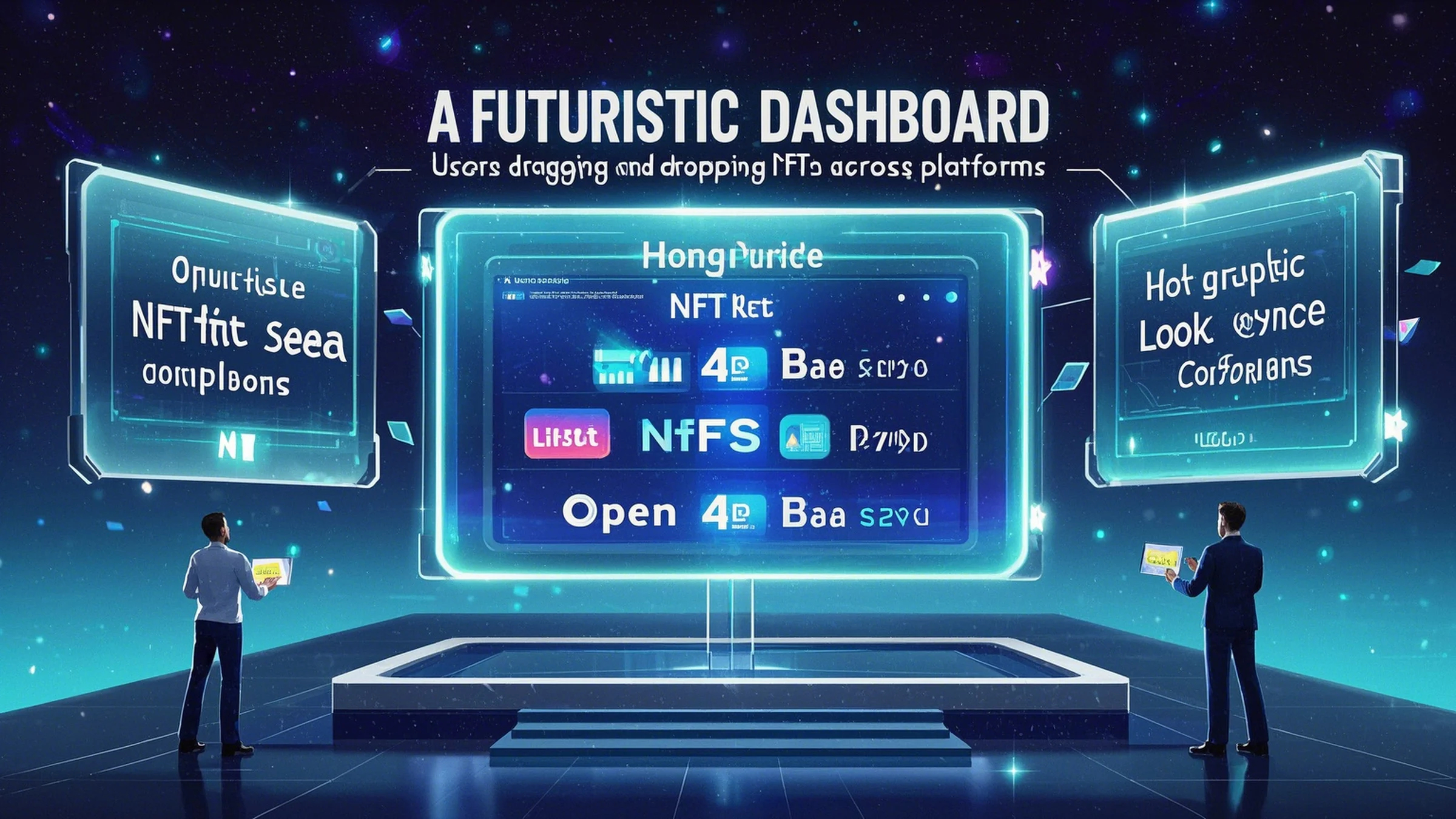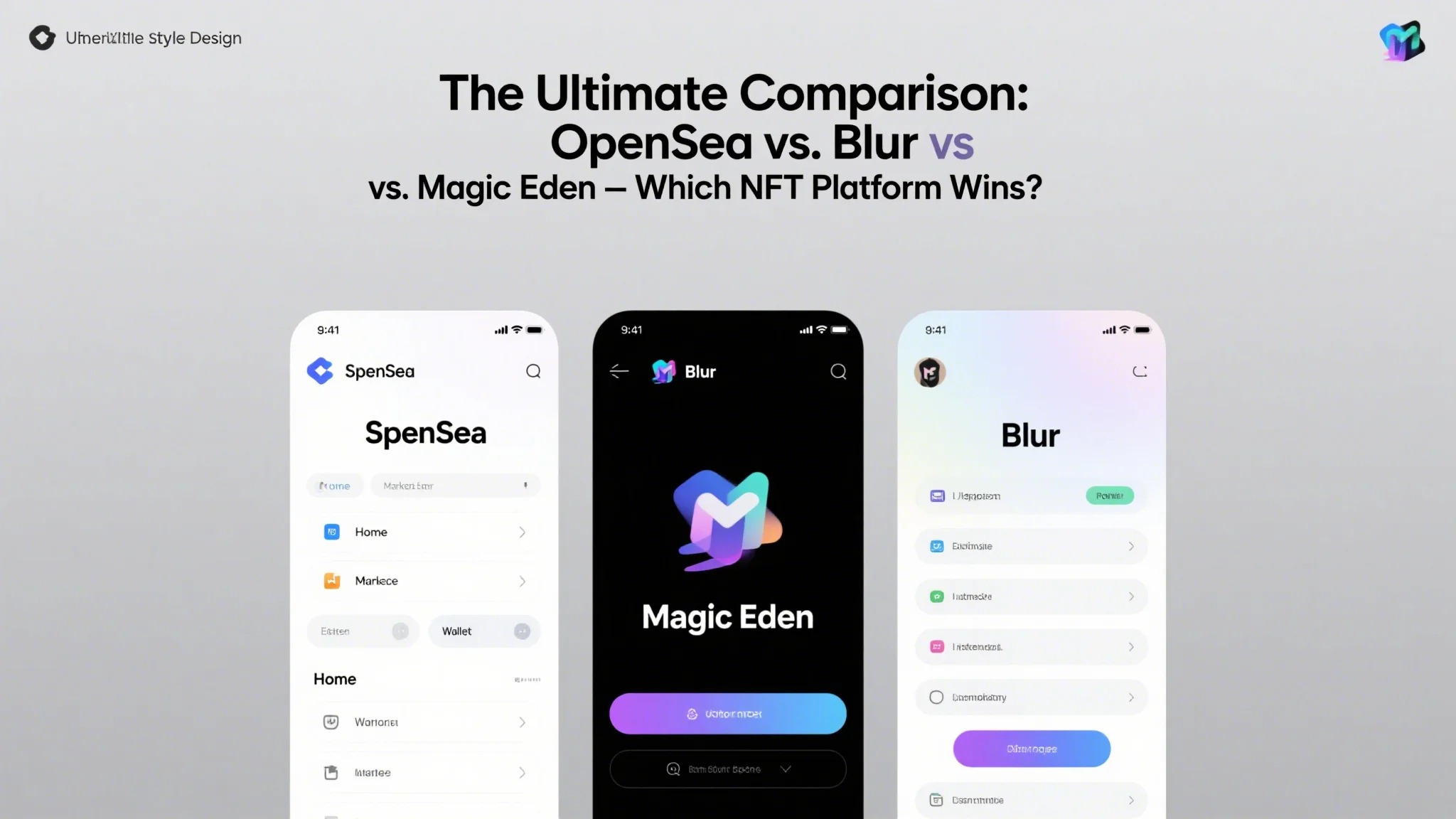In the dynamic world of NFTs, wash trading has become a significant concern for marketplaces, creators, and collectors alike. This article explores the impact of wash trading on NFT marketplaces, how to detect it, and actionable strategies to prevent fake volume. By understanding the intricacies of wash trading detection, marketplaces can ensure authenticity, trust, and a fair environment for all participants.
Understanding NFT Wash Trading and Its Impact
The NFT market has exploded in recent years, attracting both enthusiasts and opportunists. Among the challenges facing NFT marketplaces, wash trading has emerged as a significant issue. Wash trading refers to the practice of creating fake transaction volumes by repeatedly buying and selling NFTs between two or more accounts to manipulate prices or create the illusion of high demand.
This fraudulent activity not only distorts market dynamics but also undermines trust among users. When fake volume is present, it misleads buyers and sellers, making it difficult to assess the true value of an NFT. Over time, this can erode the credibility of the marketplace, leading to a loss of user trust and engagement.
Marketplaces that fail to address wash trading face long-term consequences, including decreased liquidity, higher operational costs, and reputational damage. To combat this issue, it is essential to understand the motivations behind wash trading and its impact on the ecosystem.
Common Signs of NFT Wash Trading
Detecting wash trading requires a keen eye for patterns and anomalies in transaction data. Below are some common signs that indicate potential wash trading activity:
High Transaction Volume with Minimal ETH Transfer: Wash traders often engage in multiple transactions within a short period, but the actual value exchanged is minimal. This creates the illusion of high activity without reflecting genuine demand.
Repeating Addresses: One of the most obvious signs of wash trading is the use of the same or related wallet addresses in multiple transactions. If the same buyer and seller appear frequently, it is a red flag.
High-Value NFTs Involved: Wash traders often target high-value NFTs to create a false impression of liquidity. These transactions may appear legitimate at first glance but lack meaningful buyer interest.
Sudden Price Fluctuations: Wash trading can cause sudden spikes or drops in NFT prices, which do not align with market trends or the intrinsic value of the asset.
By monitoring these patterns, marketplaces can identify potential wash trading activity and take preventive measures.
Strategies to Detect NFT Wash Trading
To effectively detect wash trading, marketplaces must adopt advanced tools and techniques. Here are some strategies that can help:
Transaction Analysis: Analyzing transaction data for patterns such as repeated addresses, short intervals between buys and sells, and minimal ETH transfers can help identify fake volume.
Machine Learning Models: Leveraging machine learning algorithms can enhance detection capabilities by identifying anomalies in transaction behavior. These models can learn from historical data and predict potential wash trading activity.
Whitelist and Blacklist Mechanisms: Maintaining a whitelist of trusted users and a blacklist of known wash traders can help filter out suspicious transactions.
KYC and AML Compliance: Implementing Know Your Customer (KYC) and Anti-Money Laundering (AML) protocols can reduce the risk of fraudulent activity by ensuring that all users are verified.
By combining these strategies, marketplaces can significantly reduce the risk of wash trading and maintain a healthy ecosystem.
Preventing Fake Volume: Best Practices for NFT Marketplaces
Preventing wash trading requires a proactive approach. Marketplaces must adopt robust policies and technologies to ensure authenticity and fairness. Below are some best practices to prevent fake volume:
Implement Anti-Wash Trading Policies: Clearly define and enforce anti-wash trading policies. This includes restricting transactions between the same or related addresses and imposing limits on the frequency of transactions.
Monitor Flagged Transactions: Use real-time monitoring tools to identify and flag suspicious transactions. If a transaction raises red flags, it can be reviewed or rejected.
Require Authenticity Verification: Mandate that all NFTs undergo authenticity verification before listing them on the marketplace. This ensures that only legitimate NFTs are available for sale.
Educate Users: Educate users about the risks of wash trading and the importance of maintaining a fair marketplace. By fostering a culture of transparency and integrity, marketplaces can discourage fraudulent activity.
Encourage Community Reporting: Allow users to report suspicious activity. A vigilant community can help identify and address wash trading more effectively.
Offer Incentives for Honest Trading: Reward users who engage in genuine transactions. This can include discounts, exclusive listings, or other perks that encourage ethical behavior.
Regular Audits and Reviews: Conduct regular audits of transaction data to ensure compliance with marketplace policies. This helps identify any missed cases of wash trading and strengthens overall security.
The Importance of Market Trust
At the heart of preventing wash trading is the need to maintain user trust. When users feel confident that the marketplace is fair and transparent, they are more likely to participate actively. A marketplace that prioritizes authenticity and fairness will attract a loyal user base and foster long-term growth.
NFT wash trading is a significant challenge for marketplaces, but it is not insurmountable. By understanding the signs of fake volume, adopting advanced detection tools, and implementing preventive measures, marketplaces can protect their ecosystem and ensure a fair environment for all participants.
The fight against wash trading is ongoing, and it requires constant vigilance and innovation. As the NFT market continues to evolve, so too must the strategies to combat fraud. By prioritizing authenticity and transparency, marketplaces can build a thriving community that values quality, creativity, and integrity.
In the end, the success of an NFT marketplace depends on its ability to provide a safe, fair, and engaging experience for users. By taking a proactive approach to wash trading detection and prevention, marketplaces can achieve this goal and unlock the full potential of the NFT revolution.





